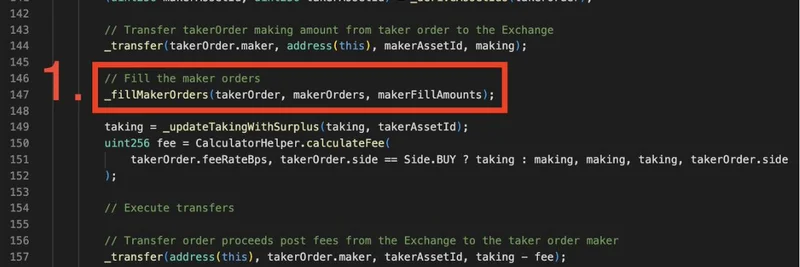In the fast-paced world of cryptocurrency, where meme coins can skyrocket or crash overnight, a recent tweet from @Altcoinist_com has stirred up quite the conversation. Posted on September 22, 2025, it boldly claims: "fact checking is low T, do your own research, be a man." Accompanied by a striking image of a tough-looking guy with arms crossed, it feels like a call to arms for crypto enthusiasts to take control of their own investigations.
"Low T" here is slang for low testosterone, implying weakness or lack of boldness. In crypto lingo, it's a jab at those who passively rely on others—especially AI tools—for verifying info, instead of diving in themselves. DYOR, or "Do Your Own Research," is a cornerstone mantra in the blockchain community, reminding traders that no one else will look out for your investments like you will.
The tweet quickly sparked replies, with users tagging AI like @grok to verify its "truth," and others chiming in on its relevance to the "Based Trench Alliance," a nod to communities on the Base blockchain. But the real meat came in the author's follow-up: He pointed out that current AI agents often lack access to deep on-chain data, leading to missed opportunities. For instance, many couldn't spot a wallet transaction linked to Micky Malka, the founder of Ribbit Capital—a powerhouse VC firm behind hits like Coinbase and Solana. The result? Followers potentially missing a "life-changing 200X+" gain.
The Micky Malka Connection and $TIBBIR's Rise
Micky Malka isn't just any name in fintech; he's a serial entrepreneur whose investments have shaped the crypto landscape. Ribbit Capital, his firm, focuses on financial innovation, and recently, the meme coin $TIBBIR (Ribbita by Virtuals) has been tied to his influence. Launched quietly, $TIBBIR plays on "Ribbit" spelled backward, embodying the frog-themed memes that dominate crypto culture. As of now, it's trading around $0.19 with a market cap nearing $190 million, according to data from CoinGecko and CoinMarketCap.
The 200x reference likely alludes to early investments or pumps in tokens like $TIBBIR, where on-chain sleuthing revealed Malka's involvement before it went mainstream. AI fact-checkers, limited to surface-level web data, failed to dig into wallet addresses or transaction histories, leaving users in the dark. Tools like SQD, Nansen, and Messari were shouted out in the thread as better alternatives for reliable, deep-dive analytics.
One reply even promoted diving into the "ribbit hole" with $TIBBIR, complete with a whimsical frog image—classic meme coin marketing.
Why This Matters for Meme Token Hunters
In the meme coin arena, where projects like $ALTT (mentioned in the poster's bio) or $TIBBIR thrive on community hype and viral moments, blind trust in AI can be costly. Meme tokens aren't backed by traditional fundamentals; they're driven by narratives, social proof, and sometimes hidden whale moves. Relying solely on fact-checkers might confirm basic info but miss the nuanced signals—like a VC's wallet activity—that signal massive upside.
Take it from someone who's edited crypto news desks: The best gains come from connecting dots yourself. Start with blockchain explorers like Etherscan for Ethereum or Base chains, track wallets via Nansen, and cross-reference social chatter on X. It's not about dismissing AI entirely—tools like Grok can spark ideas—but treating them as starting points, not gospel.
This thread underscores a timeless truth in blockchain: Empowerment comes from knowledge you uncover. So, next time a meme coin catches your eye, channel that "high T" energy and DYOR. Who knows? You might just spot the next 200x before the crowd does.
For the full thread, check it out here. Stay tuned to Meme Insider for more insights on emerging tokens and crypto trends.



